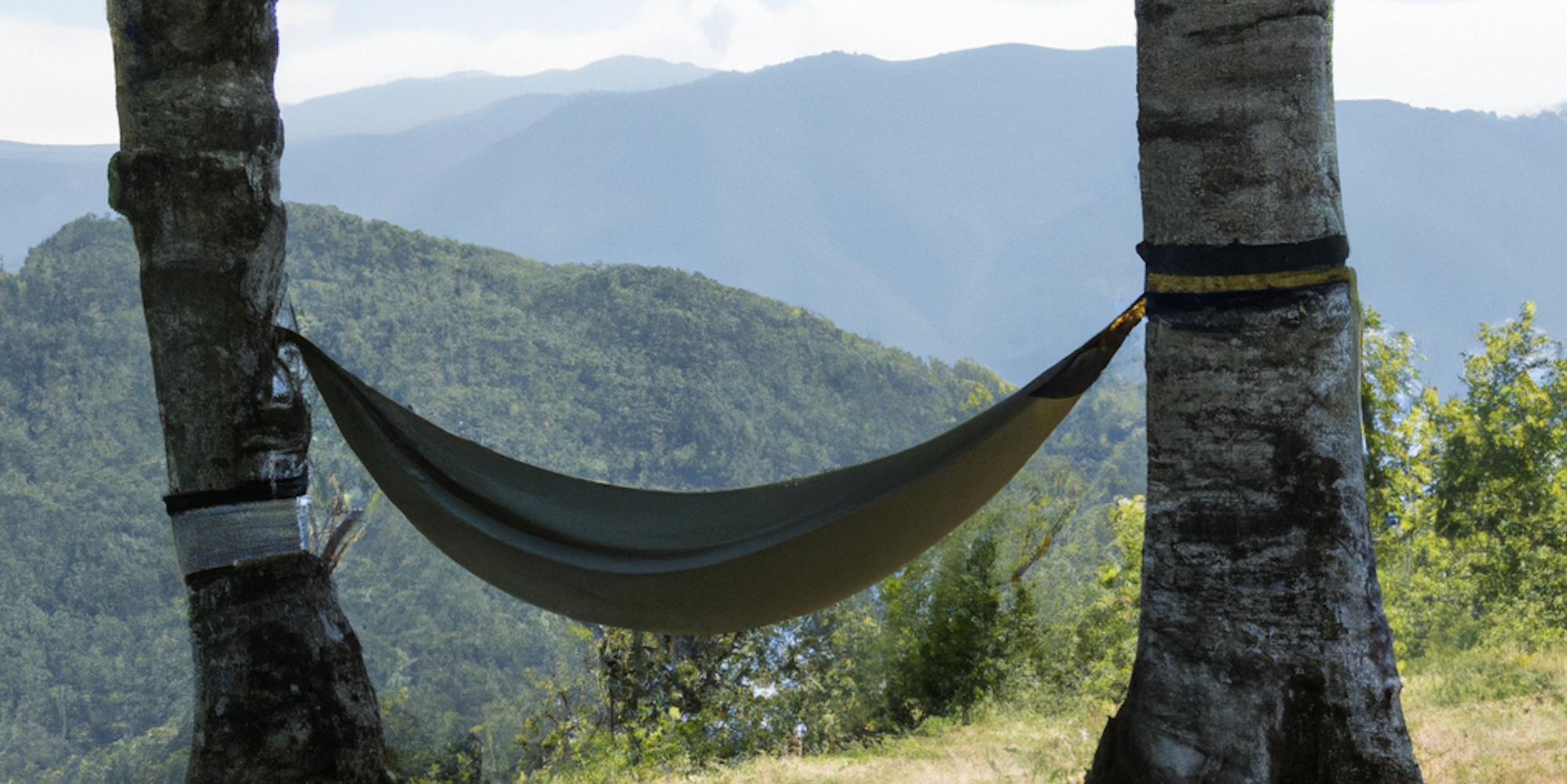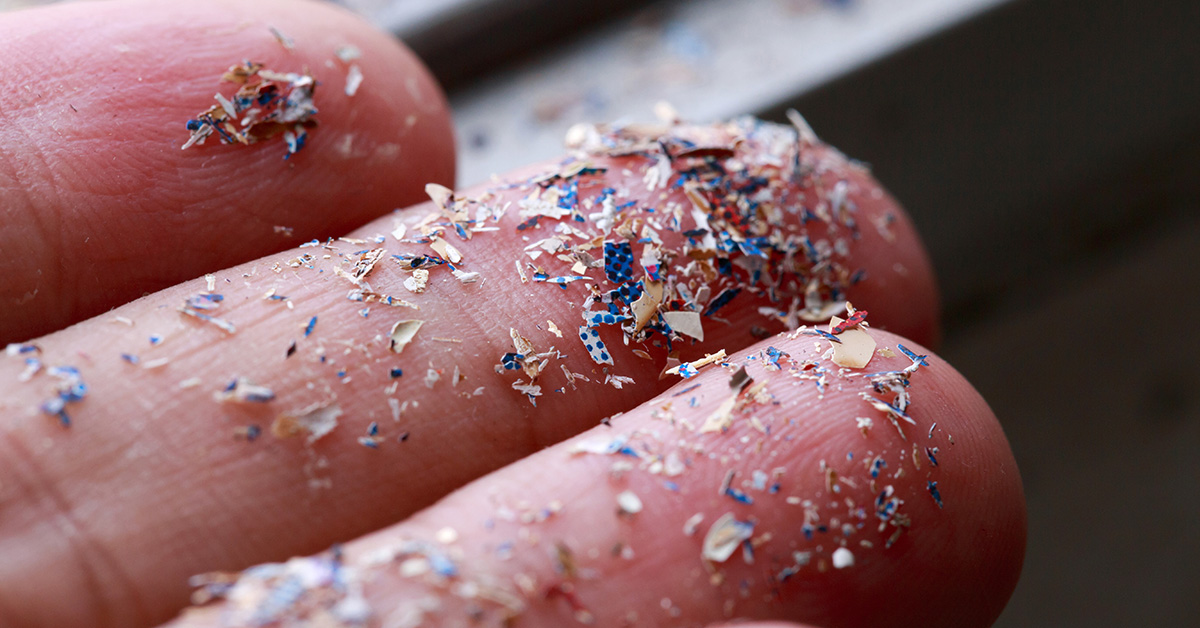Table of Contents
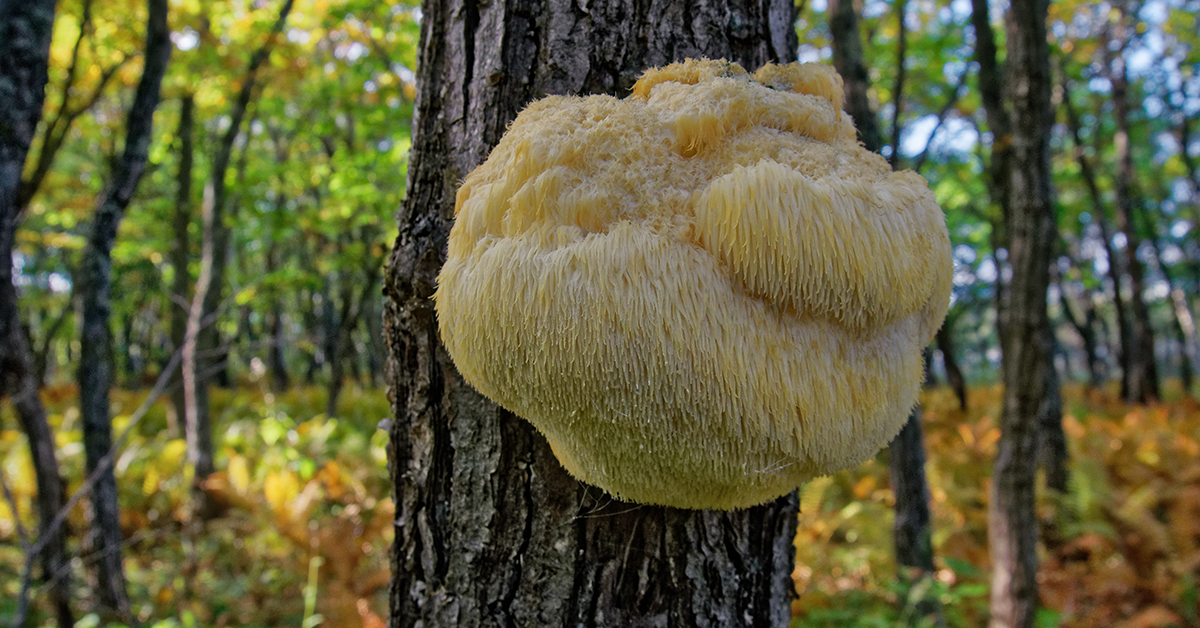
The Ultimate Guide to Foraging Lion's Mane
In addition to being one of the most delicious wild edible mushrooms, Lion’s Mane is also super easy to forage. It is an excellent beginner mushroom because it has no look-alikes, plus its appearance is quite striking, making it extremely hard to miss in the woods. When you find Lion’s Mane, you’ll know, and it will be a spectacular day!
What is Lion’s Mane?
Lion’s Mane is an all-white mushroom fungus that grows on hardwood trees. It earns its common name by the long white spines (or teeth) which cover the fruiting body, looking much like a head full of hair. Lion’s Mane (Hericium sp.) mushroom is white and dense, with a flavor likened to seafood. Its appearance is one-of-a-kind and rather bizarre; it isn’t anything like the “classic” mushroom with a cap and gills and stem.
The main body of Lion’s Mane is thick, slightly spongy, and compact. The flesh doesn’t change color when sliced and retains its denseness in cooking. It is a meaty mushroom, and wild specimens are often quite large (softball to volleyball-sized!). One Lion’s Mane makes a substantial meal. In short, it is a true gem in the world of edible mushrooms.
Lion’s Mane, Bear’s Head, and Coral Tooth, What Is the Difference?
The world of Hericium species is complicated, and because of this, it is often over-simplified by foragers for easier discussion. The truth is that when people talk about foraging Lion’s Mane, they could be referring to any of the Hericium fungi. In North America, there are four common Hericium mushrooms; three of these can be found on the east coast, while one is endemic to the west coast. Besides looking similar, they are easily grouped because foraging methods are the same for most of them. At least that’s easy!
Lion’s Mane (Hericium erinaceus)
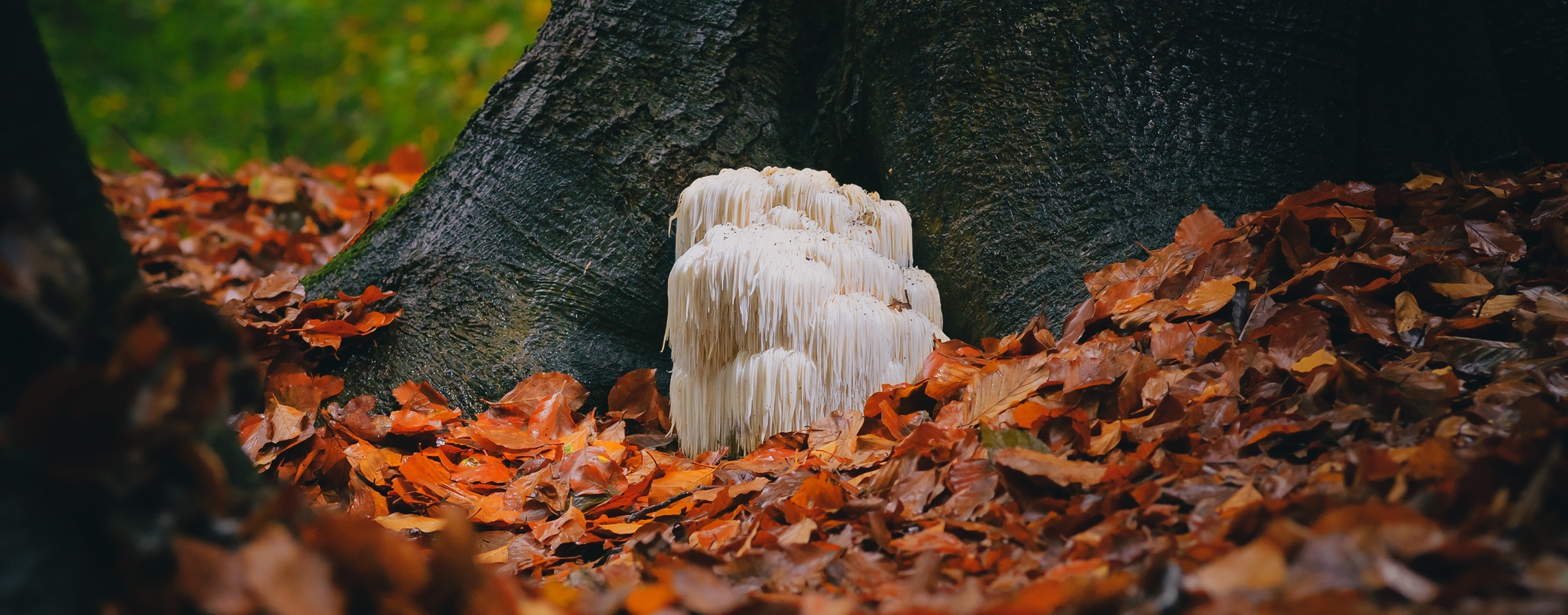
The type species, or classic specimen, Lion’s Mane mushrooms are large, white, rounded, and have long hanging white spines that look like icicles. Or, a white mane of hair. One of the easiest ways to tell this Hericium apart from others is that it grows in a single clump; other species grow branched or uneven.
The true Lion’s Mane grows across North America on hardwood trees, particularly oaks, beech, and maples. It is found growing alone or in pairs. The white spines are considerable, usually more than an inch long. Lion’s Mane fruiting bodies can get quite large, growing up to 15 inches wide.
To make naming conventions even more confusing, Lion’s Mane is also commonly called Bearded Tooth fungus. It grows around the world, including in Europe and Asia. In Europe, it is an endangered species due to over foraging and habit destruction. Lion’s Mane is widely cultivated around the globe, while the other Hericium species are not cultivated at all.
Bear’s Head (Hericium americanum)
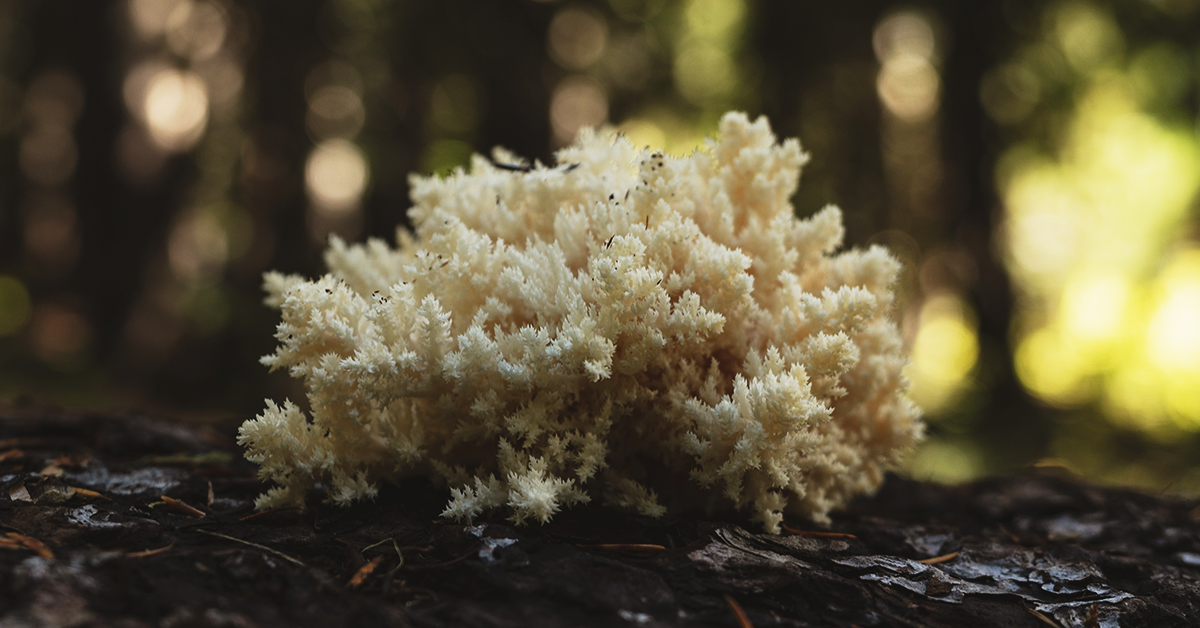
This is a North American species of Hericium that grows east of the Great Plains. Bear’s Head is more common than Lion’s Mane in the wild. It grows in branched clumps of white spines that resemble an icy waterfall. Bear’s Head fruits primarily on hardwoods but is known to grow on conifers occasionally.
The fruiting body reaches 12 inches across. Bear’s Head spines are white and straight, like Lion’s Mane, but they are shorter, usually only getting 1 inch long. The shorter spines and branched growth habits are the primary keys to differentiating this Hericium from others.
This species is relatively “new” to science, described and documented in 1984 by the Canadian mycologist James Herbert Ginns. Previous to this, it was considered the same species as Hericium erinaceus.
Coral Tooth (Hericium coralloides)
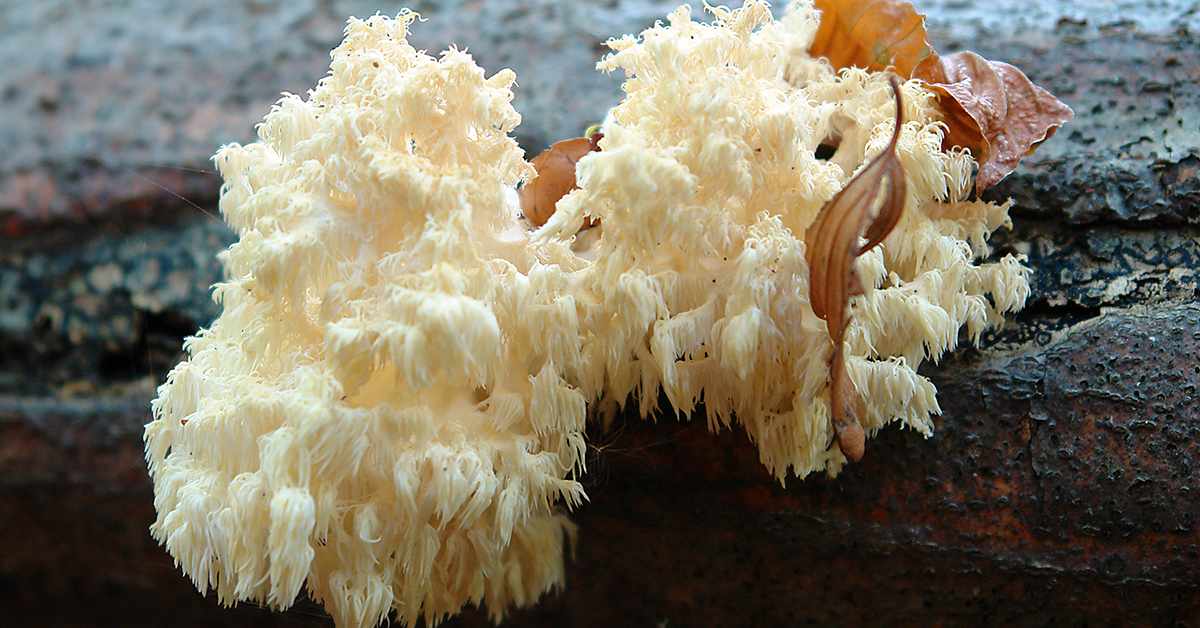
The Coral Tooth Hericium has an intricate and delicate growth habit. The branches are thin, with short ivory white spines hanging in dense rows along them. Coral Tooth is distinguished from other species by the dangling spines, which droop like tiny icicles from the extended branches.
Coral Tooth spines aren’t all straight, either, like Lion’s Mane and Bear’s Head. Instead, the white spines of Coral Tooth are splayed and look somewhat lacy or like a bunch of snowflakes stacked at the end of the stems. It grows large and branched, asymmetrical and irregular, which is how it gets its common name. The growth is very similar to ocean coral. There are often many specimens or huge patches of Coral Tooth on one tree.
The Coral Tooth fungus usually has more spines than flesh, and while it is extremely pretty, it doesn’t offer much in the way of eating. Compared to Lion’s Mane and Bear’s Head, Coral Tooth has significantly less mass.
Coral Tooth grows across North America on dead and fallen hardwood trees and stumps. This fungus averages 3-16 inches across and 2-8 inches tall. It is also commonly called Comb Tooth Fungus because the short, uneven spines resemble a comb.
Western Coral Hedgehog (Hericium abietis)
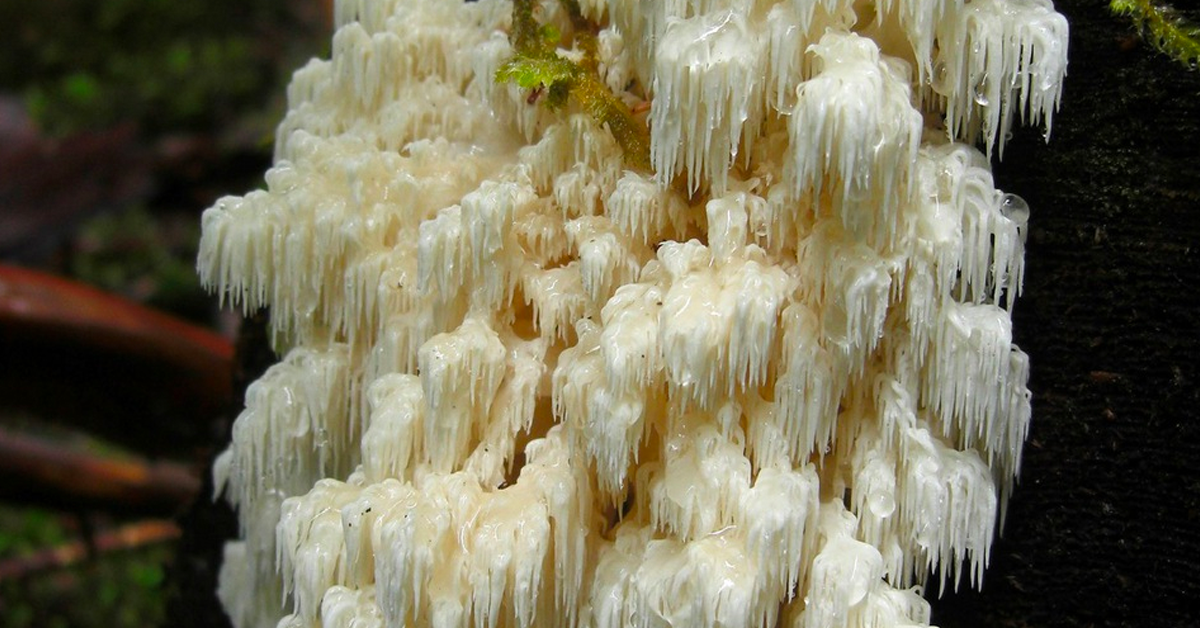
You can contact this user here. - This image is Image Number 109093 at Mushroom Observer, a source for mycological images., CC BY-SA 3.0, Link
A western North American species of Hericium, Western Coral Hedgehog, looks a lot like the Bear’s Head (H. americanum). In fact, it is also commonly called Bear’s Head, which is highly confusing. However, this species is generally much more prominent, averaging 4-30 inches tall and wide – or the size of a softball or soccer ball. Western Coral Hedgehog spines are ivory white, short, and straight. A large specimen looks oddly like a frozen waterfall.
Western Coral Hedgehog is distinguishable from other Hericium species due to its preferred tree: conifers, specifically firs and hemlock. This fungus grows in autumn and winter across the west coast, from northern California up to Alaska.
The Guide To Foraging Lion’s Mane Mushroom
This guide focuses on the three Hericium common in eastern North America, Lion’s Mane, Bear’s Head, and Coral Tooth. Their growth habits and foraging guidelines are similar, whereas the fourth Hericium, Western Coral Hedgehog, is an outlier with different preferences. In this foraging guideline, Lion’s Mane is used as an all-encompassing term to describe the group of three Hericium.
Description
All Hericium fungi are distinguishable from other mushrooms due to their white icicle-like teeth or spines. Even though the various species have different growth habits, they all have clusters of white spines that hang down in some manner. No other mushroom looks like this. Hericium species are perfect for new foragers since they don’t have any sneaky look-alikes.
In addition to being individually striking in appearance, Hericium also stands out in the forest because of its almost ghostly whiteness. There is also nothing in a dense forest that matches their bright whiteness, and it stands out clearly against dark bark and fallen trees. Foragers cherish Lion’s Mane because it’s one of the most straightforward mushrooms to spot.
In addition, Hericium tends to fruit when many deciduous trees have lost their leaves, so there isn’t even any foliage to hide them from view. Spotting this incredible edible fungus from far away is reasonably easy; I’ve spotted many while zipping down a road simply because a blob of something white growing midway up a tree in autumn is rarely anything else.
Season
Lion’s Mane is a late summer, fall, or winter fungus, depending on where you live. It prefers cool temperatures for fruiting. In the southeast, Lion’s Mane is foraged in winter, while in the northeast, it is found in autumn. The season ends as soon as temperatures drop below 20F, and there are hard frosts.
During unseasonably warm winters, the harvest season is extended.
Habitat
Lion’s Mane grows on dead or dying trees, often taking advantage of a wound in a living tree. Preferred trees include oak, beech, maple, and walnut. Lion’s Mane is saprotrophic and parasitic; it attacks living wood and uses dead and decomposing wood as food. This is how it keeps fruiting year after year. It never grows from the ground.
This fungus will grow anywhere on a tree, including almost underneath a fallen one. Usually, the location is dependent on where the tree has a wound or is vulnerable. These mushrooms can’t penetrate through tree bark, so rely on damaged areas to get a footing. This includes lightning scars, cut-off or broken limbs, and stumps. Lion’s Mane is frequently found growing in tree cavities, where a limb existed but is now just a hollowed-out old injury.
Hericium species will grow 40 feet up a tree, or at the base, or tucked beneath a fallen log. When you’re out in the woods, don’t limit your search to up high; look all around toppled trunks as well. They prefer decaying trees as opposed to just fallen ones, so go where there is a lot of decomposing wood.
Foraging with a tall pole pruner or ladder may be necessary to reach some of these gems. I’ve seen all manner of techniques utilized for accessing Lion’s Mane way up in a tree, from throwing rocks at it, jabbing it with tall branches, to standing on the roof of a car. Luckily, where the stem is attached to the tree is usually narrower than the rest of the fungus, so it is relatively easily dislodged.
Growth
One of the reasons this edible mushroom is so beloved is because it fruits from the same location year after year. This means if you find it, mark the spot well! It is known to grow on the same dead tree for up to 20 years, and it may even fruit longer.
The actual Lion’s Mane (H.erinaceus) tends to grow singularly or in small groupings. On the other hand, Coral Tooth and Bear’s Head often develop in massive clumps with 5-15 individual specimens randomly arranged up the tree or across a log. It’s not unusual to find 5+ pounds of Hericium on one tree.
Lion’s Mane grows quickly; from immature new fruiting to full maturity takes less than a week. If you find one, it is best to harvest immediately, even if it is on the small side. They can go from perfect specimen to overly mature relatively quickly, so there’s rarely a benefit to waiting.
Harvesting
Use a sharp knife to cut the fungus at the base, as close to the wood as possible. Sometimes it is challenging to remove the entire mushroom intact, especially Coral Tooth and Bear’s Head, which are a bit more frailly structured. It’s fine to harvest Hericium with slight yellow or very light brown discoloration. The mushroom is edible as long as the discoloration is minimal and just on the spines.
Hericium mushrooms are often home to tiny beetles or bugs; give the fungus a good shake to dislodge as many as possible before bringing it home. Before cooking, you’ll need to submerge it in water to get rid of them and clean it very well.
Gathering and Storing Lion’s Mane
Fresh Hericium are ivory-white, a little bouncy to the touch, and don’t have any yellow or brown markings. The interior flesh should always be completely white. As they mature, the ivory white spines of Lion’s Mane turn yellow or light brown.
This doesn’t change edibility, although the flavor may not be as fresh. If it’s just the spines that are yellow, they can be cut off before cooking. However, if any part of the white flesh is yellow or brown, the Lion’s Mane is past maturity and shouldn’t be eaten.
It’s best to cook or preserve Lion’s Mane as soon as possible after foraging. It doesn’t keep fresh for very long. If you must store it fresh, wrap it in a paper bag and put it in the refrigerator. Use or process within three days.
Cooking With Lion’s Mane
Lion’s Mane is a sponge for flavor, which is one reason it’s such a fantastic edible. You can twist the fungus like a sponge to get out any excess water, and it will still return to its original shape. Dry saute Lion’s Mane to get out any remaining moisture before adding butter or other ingredients to the pan. This way, the sponge is dry and ready to take up all the flavor.
When shredded, Lion’s Mane looks surprisingly like lump crab meat. And, it can be used in much the way you would crab meat also. Make crab cakes or a mock fish stew. It’s also a decent substitute for white meat chicken in a pot pie or pasta dish.
Lion’s Mane also makes interesting pickles, is excellent dehydrated for soup stock, and is a wonderful mushroom to experiment with in the kitchen.
